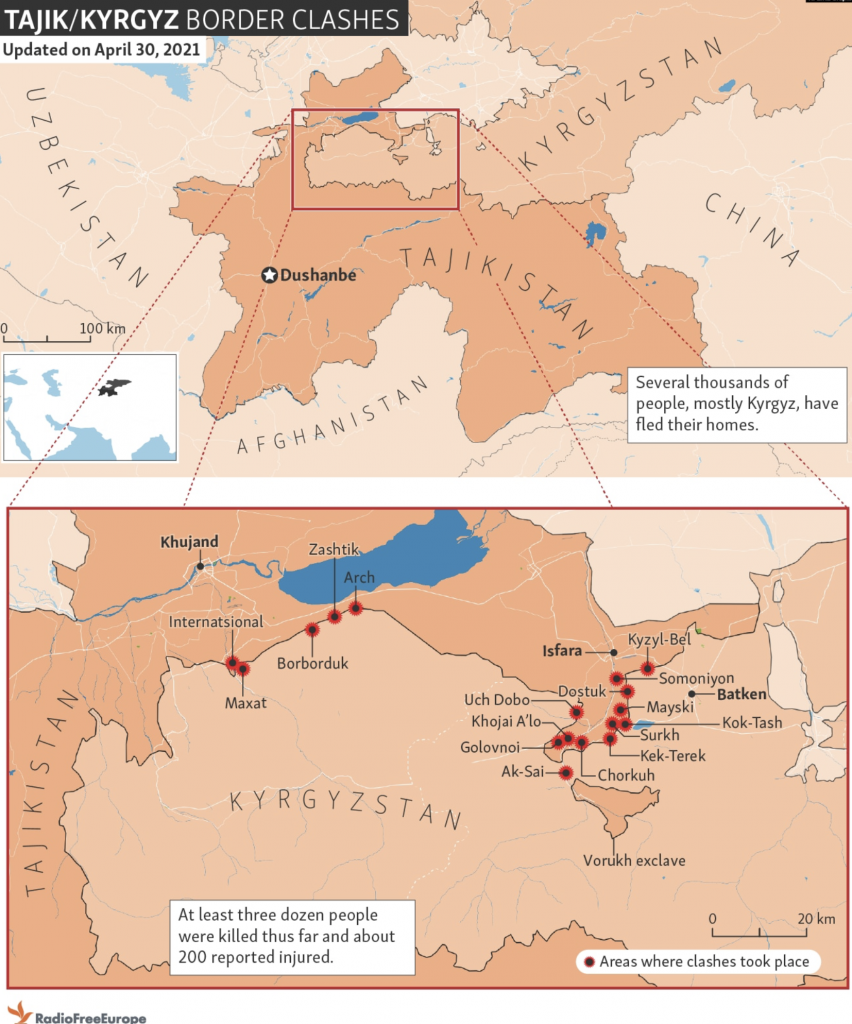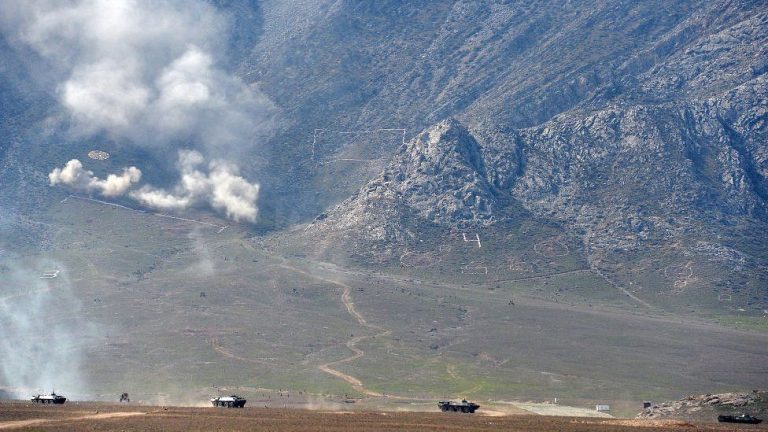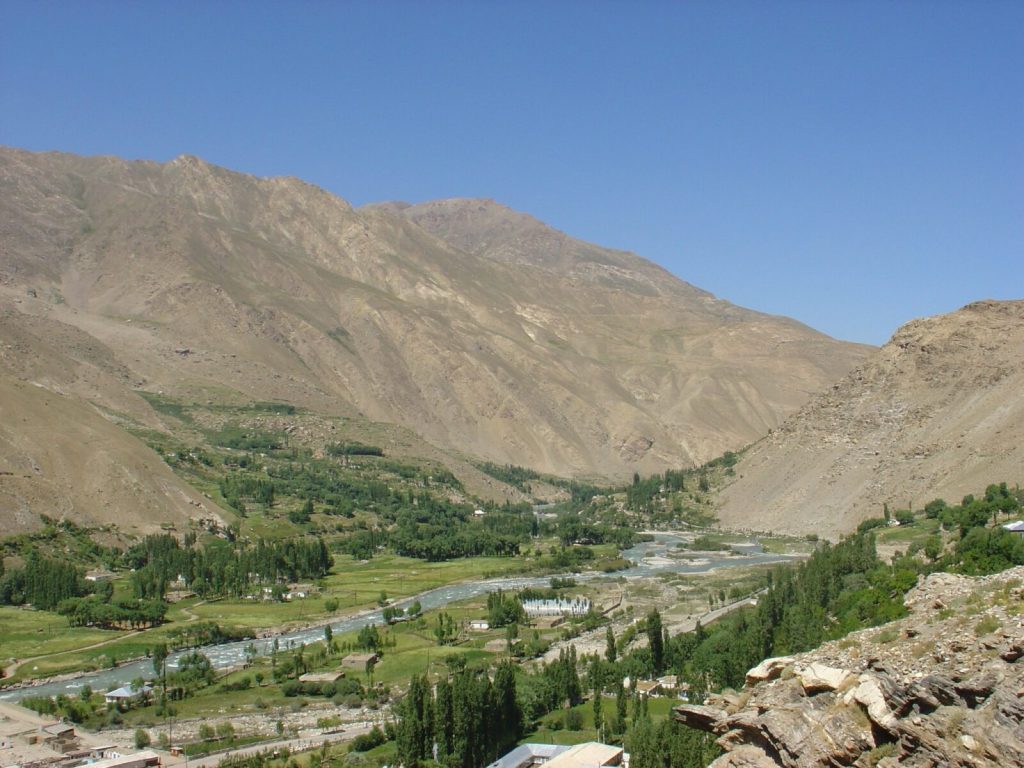The clashes on the Kyrgyzstan-Tajikistan border have become one of milestones in the war for access to water supplies in Central Asia. Obviously, this very episode will not be the last one.
The conflict started with the Tajiks’ attempt to install surveillance cameras at a water facility to monitor the water distribution. The Kyrgyz side tried to cut down the pillar – it led to an armed conflict that has killed about 40 people.
Tajikistan believes that the Kyrgyz authorities distribute water unfairly. In spring and summer, hot period for agriculture, water consumption increases tenfold, and tensions between neighbors rise. The situation is worsened by the construction of more hydropower plants that aggravates regulation of water supply for downstream countries.
Since the early 2000s, the agreed conditions for inter-republican water apportioning have been regularly violated; Kyrgyzstan keeps showing its unwillingness to comply with the traditional irrigation regime of the decrease of storage of the reservoirs of the Lower Naryn cascade of hydroelectric power plants; its opponents regularly disrupt agreed terms of energy supplies as well.
In a recent speech, US Vice President Kamala Harris expressed an opinion that if in the 20th century the world fought for oil, the 21st century conflicts can be caused by water supplies. As of now water problems can be seen in many regions – between Ethiopia, Sudan and Egypt – Palestine, Jordan and Lebanon – Turkey and Iraq.
Several times water-caused tensions between Uzbekistan and Kyrgyzstan have turned into an armed conflict. Thus, the water shortage has led and still leads to violent conflicts; water supply still remains a source of regional tension.
Natural resources conflicts are especially acute on the Tajik-Kyrgyz border thereby affecting the livelihoods of households in Batken (Kyrgyzstan) and Sughd (Tajikistan) regions where nearly a quarter of the population still lives below the poverty line. Since residents mainly cultivate crops and keep livestock, they have to use cross-border water and pastures. Changes in the border regime and organizational rules deprive farmers of an access to these resources.

The water problems in Central Asia arose back in the Soviet Union period. We mean here an absolutely ineffective agricultural policy with no scientific approach and use of appropriate technologies. This policy led to the complete drying up of the Aral Sea.
At root, Kazakhstan and Uzbekistan are short on water, and Kyrgyzstan and Tajikistan short on electricity. The tension has been sharpest in the densely populated Ferghana Valley, where Uzbekistan, Kyrgyzstan and Tajikistan converge.
The deterioration of water quality exacerbates water shortage problem. The river was deteriorated by toxic chemicals and pesticides-polluted water previously used in agriculture and polluted industrial wastes. From the late 1960s to the mid 1980s mineralization of the Syr Darya tributary in the Fergana Valley more than doubled.
Every year, disputes arise between two groups of countries: the three downstream countries – Kazakhstan, Turkmenistan and Uzbekistan consuming a lot of water to grow cotton, and the upstream states – Kyrgyzstan and Tajikistan. Downstream countries need more water for their expanding agricultural sectors and growing populations, while upstream countries that are economically weaker struggle to gain more control over their resources and want to use more water for power generation and farmland. Climate change in Central Asia is primarily resulted in precipitation decrease in summer and glacier melting – important components for filling Central Asian rivers.
The upstream countries’ intention to use water resources for electricity generation is causing concern among rest of the countries facing a possible shortage of water in reservoirs that regulate its flow.
Since 1994, the countries of Central Asia (Kazakhstan, Kyrgyzstan, Tajikistan, Turkmenistan, Uzbekistan) unsuccessfully discussed the necessity to develop water resources management strategy.
Problems of increasing demand and diminishing water resources make countries in the region unable to work together.
As of now, there is a water shortage in Central Asia that is aggravated by the growing population, environment load, and climate changes. All these factors lead to dwindling fresh water supply.





